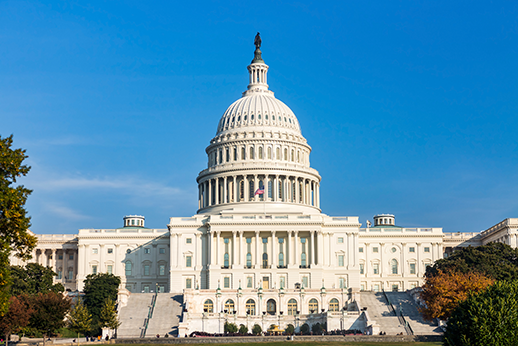
Prescription Drug Insurance Coverage, Drug Utilization, and Cost-Related Non-Adherence: Evidence from the Medicare Part D Expansion
Abstract
This paper uses the substantial increase in prescription drug insurance coverage from the adoption of Part D to generate new estimates the impact of coverage on drug utilization and cost-related non-adherence. The analysis uses detailed panel data on the elderly before and after the implementation of Part D drawn from the 2005 and 2007 Prescription Drug Study (PDS), administered as a supplement to the Health and Retirement Study (HRS), a large nationally representative survey of Americans aged 50 and older. Fixed-effect estimates suggest that gaining coverage results in a 15 percent increase in utilization. These results are consistent with the lower end of estimates in the literature. Gaining coverage also is associated with a 20-50 percent reduction in the incidence of cost-related non-adherence. However, even among the uninsured, only a relatively small proportion of drugs (12 percent) are associated with episodes of cost-related non-adherence. So, these large reductions apply to a small slice of all drugs.







